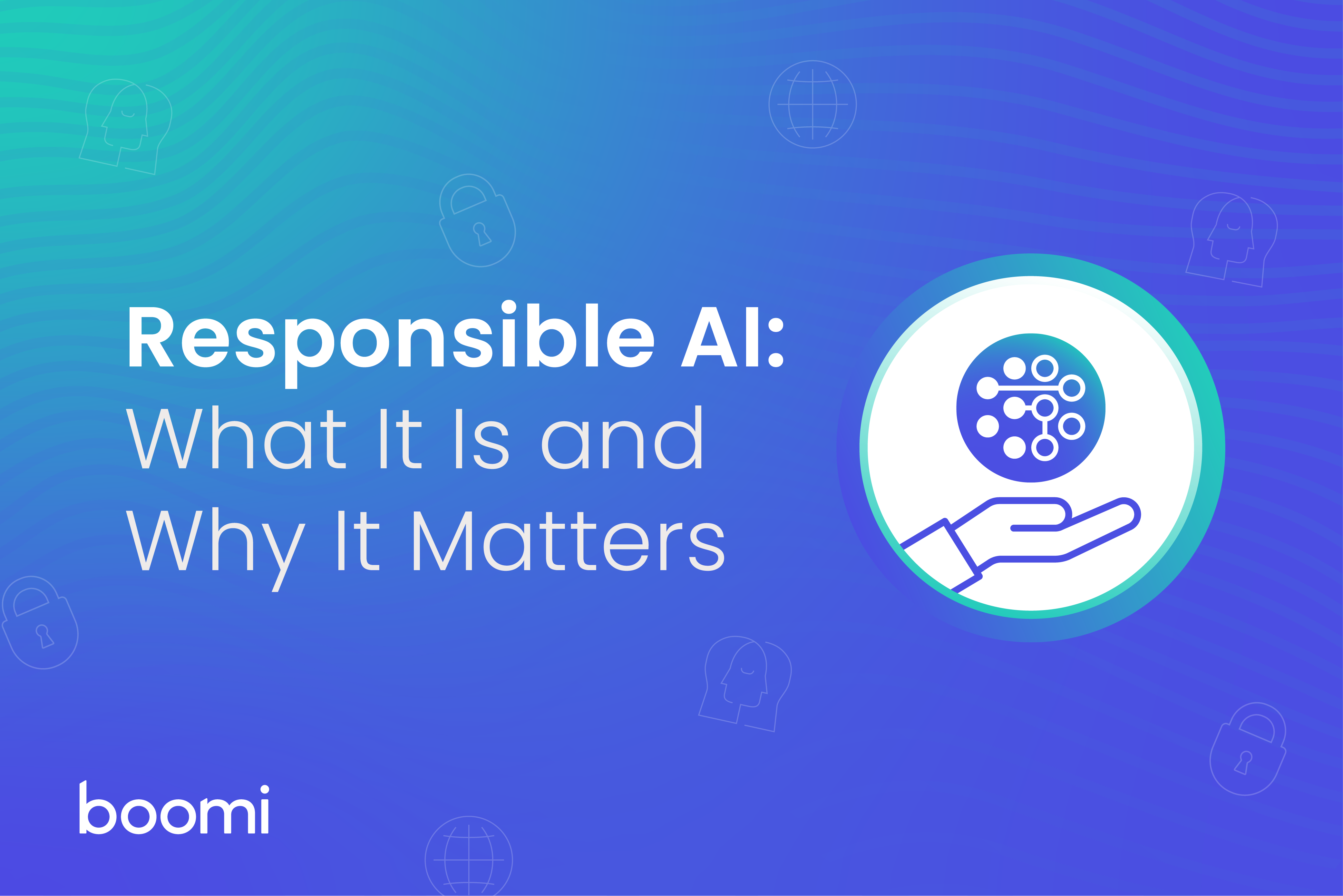Debunking The Myth Of AI Learning: Towards Responsible AI Implementation

Table of Contents
Understanding AI Training vs. Human Learning
The fundamental difference between AI and human learning lies in the process. Humans learn through experience, adapting to new situations and building understanding based on reasoning and intuition. AI, on the other hand, is trained. Think of it like this: teaching a dog tricks is akin to training an AI. You provide the dog (or the AI) with repeated examples, rewards, and corrections, guiding it towards a desired behavior. The dog doesn't inherently understand the concept of "sit," but learns to associate the command with a physical action to receive a reward. Similarly, an AI playing chess doesn't "think strategically" in the human sense; it identifies patterns and probabilities based on vast datasets of previous games.
- AI relies on large datasets for training: The more data, the better the AI’s performance, theoretically.
- Human learning involves understanding, reasoning, and adaptation: Humans can apply knowledge to new contexts and make inferences.
- AI lacks the capacity for independent, creative thought: While AI can generate novel outputs, it does so based on patterns identified in its training data.
- AI's "learning" is a complex process of pattern recognition and optimization: It's about identifying statistical correlations and adjusting its parameters to improve performance on a specific task.
The Role of Data in Shaping AI Outcomes
The quality and nature of the data used to train an AI system are paramount. This is often summarized as "garbage in, garbage out." If the training data is biased, the resulting AI system will likely be biased as well. For example, facial recognition systems trained primarily on images of light-skinned individuals often perform poorly on darker skin tones, leading to inaccuracies and potential discrimination. This highlights the critical need for:
- Garbage in, garbage out: the importance of clean, representative datasets: Data must be diverse, accurate, and free from systematic errors or biases.
- Addressing data bias through careful data collection and pre-processing: This involves actively seeking diverse data sources and employing techniques to mitigate biases during data cleaning and preparation.
- The impact of algorithmic bias and how to mitigate it: Even with unbiased data, the algorithms themselves can introduce biases. Careful design and testing are necessary to minimize this risk.
- Examples of real-world AI failures caused by biased data: From loan applications unfairly denied to flawed criminal justice risk assessment tools, biased AI systems have real-world consequences.
Ethical Considerations in AI Development and Deployment
Deploying AI systems trained on potentially biased data raises significant ethical concerns. Transparency and accountability are vital to ensure fairness and avoid perpetuating existing societal inequalities. Responsible AI development requires careful consideration of:
- Ensuring fairness and avoiding discrimination in AI applications: Algorithms should be designed and tested to ensure they treat all individuals equally, regardless of race, gender, or other protected characteristics.
- The importance of human oversight and control in AI systems: Humans should retain ultimate control over AI systems, particularly in high-stakes applications.
- Addressing privacy concerns associated with AI data collection and usage: Protecting individual privacy is crucial when dealing with sensitive personal data used for AI training.
- Regulatory frameworks and best practices for responsible AI: Governments and organizations are developing guidelines and regulations to promote ethical AI development and deployment.
Moving Towards Responsible AI Implementation
Building and deploying ethical AI systems requires a proactive and multifaceted approach. This includes:
- Investing in diverse and inclusive datasets: Actively seeking out data that represents the full spectrum of human diversity.
- Implementing rigorous testing and validation procedures: Ensuring AI systems perform as intended and do not exhibit unintended biases.
- Establishing clear guidelines for ethical AI development: Creating internal policies and procedures that prioritize ethical considerations throughout the AI lifecycle.
- Promoting ongoing education and training on responsible AI practices: Equipping developers and stakeholders with the knowledge and skills to build and deploy ethical AI systems.
Reframing the Narrative of AI Learning
The prevailing narrative of self-learning AI is often misleading. AI systems are powerful tools, but they are trained on data, not self-taught. Responsible AI development demands careful attention to data quality, ethical considerations, and transparency. Debunking the myth of self-learning AI is crucial to fostering a more realistic and ethical approach to AI implementation. Let's move towards responsible AI development, ethical AI implementation, and the creation of AI systems that benefit all of humanity. We encourage you to embrace responsible AI implementation practices and promote ethical AI development within your organizations and communities. Further research into responsible AI and ethical AI learning methodologies is vital to ensuring a future where AI is a force for good.

Featured Posts
-
 Pengaruh Budaya Pada Busana Miley Cyrus Analisis Gaya Dan Pesan
May 31, 2025
Pengaruh Budaya Pada Busana Miley Cyrus Analisis Gaya Dan Pesan
May 31, 2025 -
 East Anglia Man Sentenced For Animal Pornography Offences
May 31, 2025
East Anglia Man Sentenced For Animal Pornography Offences
May 31, 2025 -
 Nyt Mini Daily Puzzle Solutions And Clues For May 13 2025
May 31, 2025
Nyt Mini Daily Puzzle Solutions And Clues For May 13 2025
May 31, 2025 -
 Major Fire Engulfs East London Shop 100 Firefighters On Scene
May 31, 2025
Major Fire Engulfs East London Shop 100 Firefighters On Scene
May 31, 2025 -
 The Evolving Good Life Adaptability And Personal Growth
May 31, 2025
The Evolving Good Life Adaptability And Personal Growth
May 31, 2025
